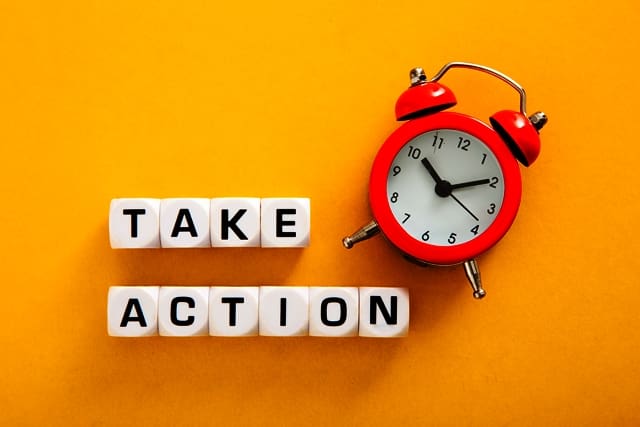In the competitive world of real estate, the art of following up with leads can make or break your success. A perfectly crafted follow-up email helps nurture relationships, builds trust, and keeps your services top of mind. Yet, many agents struggle to create compelling emails that strike the right balance between professionalism and personalization. If you want to convert more leads into clients, mastering the follow-up email process is non-negotiable. Let’s dive into the strategies you can use to craft emails that resonate and drive results.
Understand Your Audience Before Hitting Send
The first step to writing a great follow-up email is understanding your lead’s needs, preferences, and stage in the buying or selling journey. Are they first-time homebuyers, seasoned investors, or sellers looking to upgrade? Tailor your email content accordingly, demonstrating that you’ve done your homework. Include personalized details, such as referencing a recent conversation or property they viewed, to make the email feel less generic. This effort shows you care about their unique situation, which helps build trust and rapport.
Write an Attention-Grabbing Subject Line

Your subject line is the first thing your lead will see, so make it count. Avoid vague or overly salesy phrases that could land your email in the spam folder. Instead, opt for concise, intriguing lines like “Your Dream Home Awaits!” or “Let’s Talk About Your Real Estate Goals.” A compelling subject line encourages recipients to open your email rather than scrolling past it. Experiment with personalization, such as using their first name, to increase open rates even further.
Keep the Content Clear and Value-Driven
Once the email is opened, the content must immediately capture the reader’s attention. Start with a friendly greeting, followed by a brief reminder of who you are and how you connected. Then, offer something valuable—such as market insights, a link to a helpful resource, or updates on properties that match their interests. Use clear and concise language, avoiding industry jargon that could confuse or alienate your audience. The goal is to make your email easy to read and actionable.
Include a Clear Call-to-Action (CTA)

Every follow-up email should have a purpose, and your CTA is the key to achieving it. Whether you want the lead to schedule a call, attend an open house, or browse new listings, make your ask clear and compelling. Place the CTA prominently in the email, ensuring it stands out visually. Avoid using multiple CTAs that could overwhelm the reader—keep it simple and direct. For instance, “Click here to book a free consultation” is far more effective than a generic “Contact me.”
Follow Up Consistently Without Overwhelming
Consistency is crucial, but no one likes feeling bombarded by emails. Develop a strategic follow-up schedule that balances persistence with respect for the lead’s time. Start with a warm initial email, followed by periodic check-ins spaced a few days to a week apart. Use email automation tools to streamline this process while still allowing room for personal touches. Remember, the key is to stay top of mind without coming across as pushy or desperate.
Conclusion: Build Relationships That Drive Results
Writing the perfect follow-up email to real estate leads isn’t just about crafting words—it’s about creating meaningful connections. By understanding your audience, using compelling subject lines, delivering value-driven content, and including clear CTAs, you can increase your chances of turning leads into loyal clients. Consistency and personalization are your secret weapons in building trust and maintaining engagement. Master these strategies, and you’ll be well on your way to growing your real estate business.
#RealEstateMarketing #FollowUpEmails #RealEstateTips #LeadConversion #EmailMarketing
